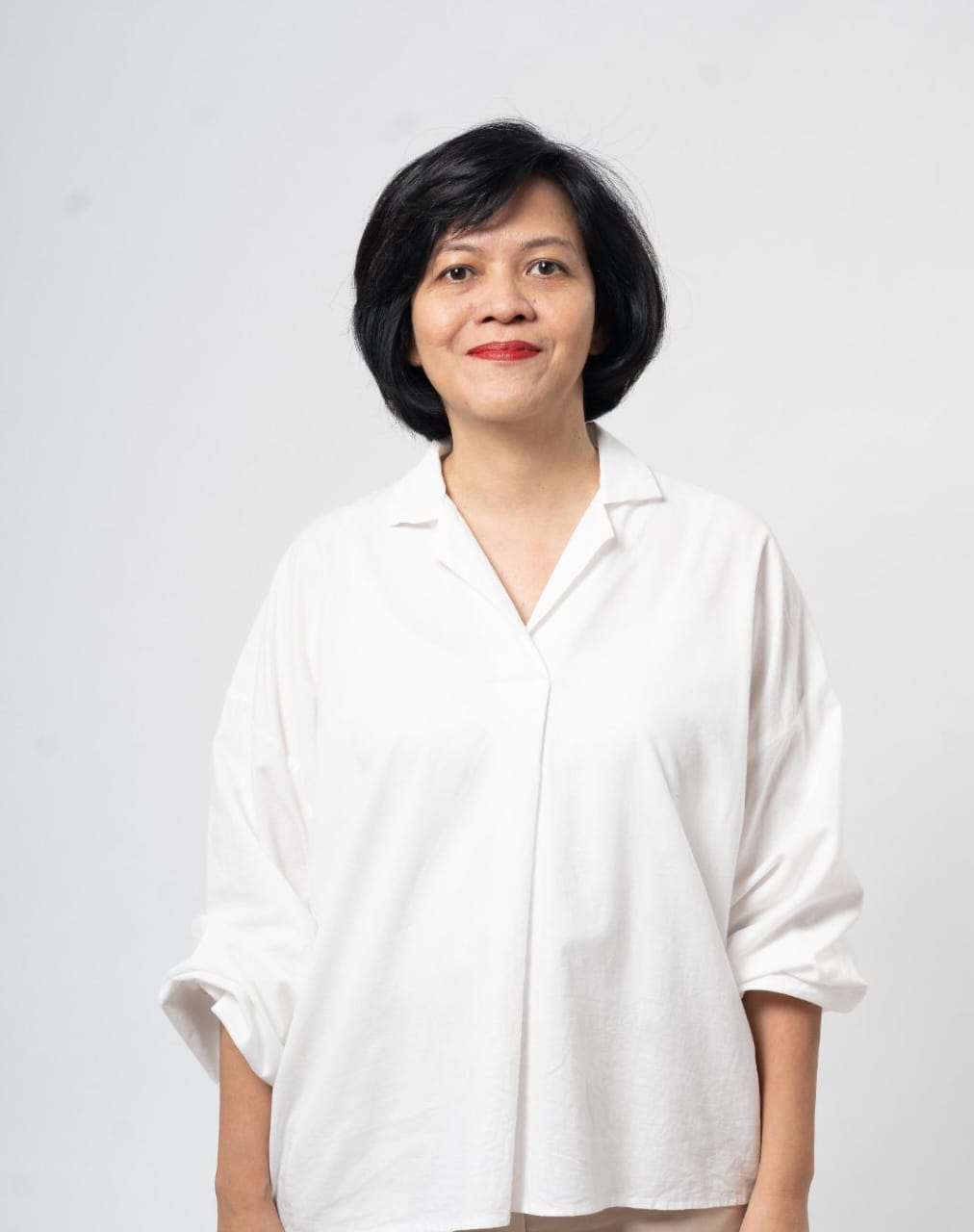Bogor is an inseparable part of the history of West Javanese cultural civilization, from the kingdom period to the colonial period. There are many relics of past history in the Bogor area, including ancient manuscripts. For this reason, in order to explore the treasures of ancient manuscripts in the Bogor area, the community service team (pengmas) of the Faculty of Humanities (FIB) of Universitas Indonesia (UI) collaborated with the Bogor Regency Archives and Library Service and the Bogor City Tourism and Culture Service to organize a Focus Group Discussion (FGD).
In its implementation, the activity which was carried out at the Bogor Regency Archives and Library Service office was also attended by librarians, community groups, and traditional stakeholders in the Bogor area. Dr. Munawar Holil, M.Hum., said that the treasures of Sundanese manuscripts are quite extensive. In the Leiden University Library there are 789 manuscripts, while in the National Library of the Republic of Indonesia there are 404 manuscripts recorded. The UI lecturer and chairman of the Indonesian Archipelago Manuscript Society said that apart from being kept in the institution, there are still quite a lot of Sundanese manuscripts in the community’s collections.
Meanwhile, Prof. Dr. Titik Pudjiastuti, who is an expert in philology and codicology at FIB UI, said that people can independently maintain manuscripts using simple materials. Several materials are needed to care for manuscripts traditionally, for example pepper, cloves, whiting, charcoal, hash cloth, and/or silica gel.
Tommy Christomy, Ph.D., who is also part of the FIB UI philologist team, in his presentation reviewed the definition of the Bogor manuscript. Several alternatives have been put forward that the term Bogor manuscript can refer to ancient manuscripts found in the Bogor area and its surroundings. Another meaning can also be attached to ancient manuscripts written in the area, even though the manuscripts are now in collections elsewhere.
Furthermore, he also revealed about the tariqat texts in West Java. He said that the Syattariyah tariqat in West Java was spread by Sheikh Abdul Muhyi. Regarding religious texts in the Bogor area, Hendra Wijaya, one of the source person from the Keris Museum, said that some of the Bogor texts are the Holy Qur’an, Manakib Syekh Abdul Qodir Jaelani, Manakib Syekh Ahmad Tijani, and others. Apart from religious texts, there are also stories, such as Nyi Jaojah, Slave Hideung, and so on. Apart from religious texts and stories, Raden Dadang, who is a traditional figure from Karadenan Kaum Village, said that there are also Bogor texts which contain genealogy.
At the end of the FGD activity, a documentary video of the search for the Bogor manuscript, which had been carried out for a long time by the FIB UI community service team, was played. The team found several handwritten manuscripts in Urug Traditional Village, Sindang Barang Traditional Village, and Karadean Kaum. This is initial evidence of the existence of ancient manuscripts in the Bogor area. The FIB UI community service team is chaired by Dr. Mamlahatun Buduroh, M.Hum., and consists of Dr. Rias Antho Rahmi Suharjo, M.A.; Muhammad Rifky Astari; and Farah Annisa Rizcher.
“There are many more manuscripts collected by the public that have not been recorded. One of the FGD participants said that there were ancient manuscripts in the Citeureup, Ciampea and Jasinga areas. Therefore, ongoing activities are needed to reveal the treasures of manuscripts in the Bogor area and its surroundings,” said Dr. Mamlahatun at the FGD which was held on Thursday (19/10).



